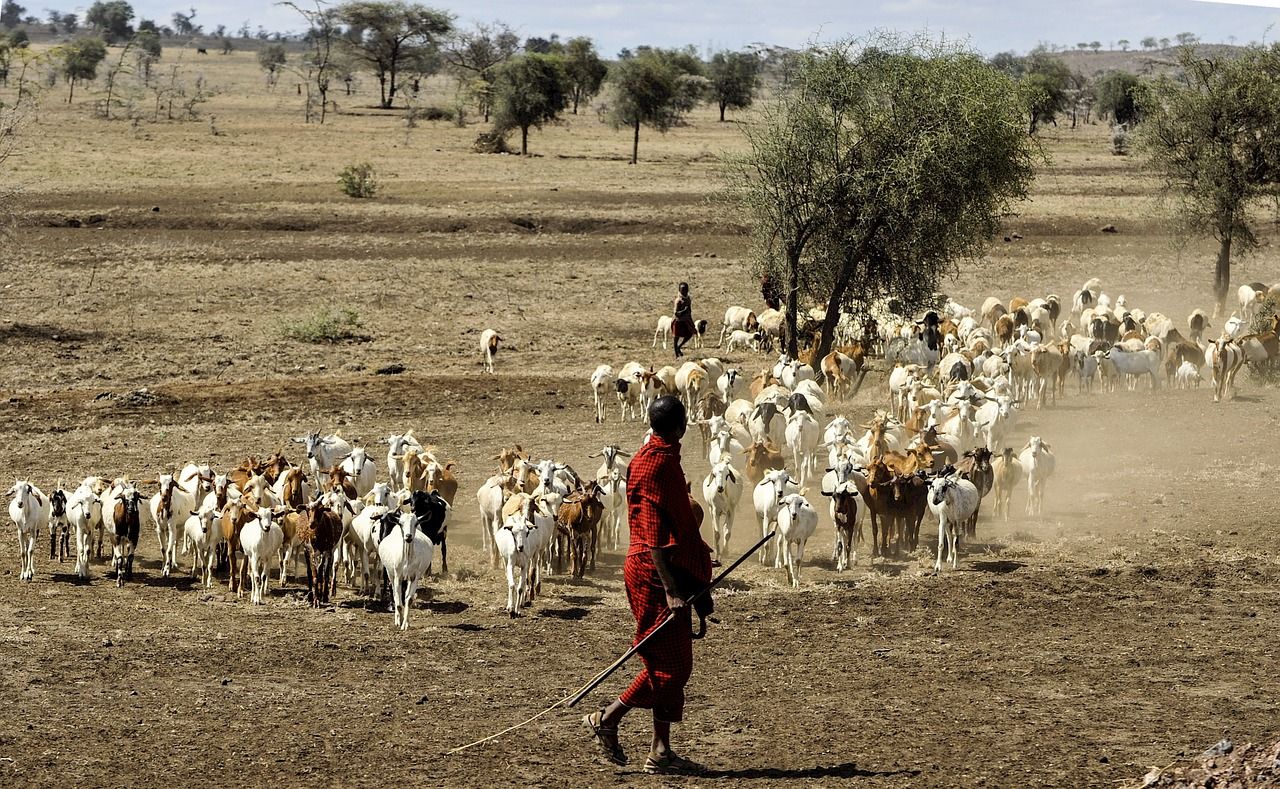Yesterday marked World Food Day, a designation intended to draw attention to the very serious and persistent problem of global hunger. Originally founded to celebrate the establishment of the Food and Agriculture Organization, the division of the United Nations that’s focused on achieving food security worldwide, almost every country on the map now recognizes the occasion as an opportunity to bring awareness to food security.
By addressing multiple aspects of the food supply chain, from soil health to food waste, agriculture technologies can help ensure that food is grown as efficiently and sustainably as possible while also helping to maximize the benefit of each calorie.
Technology and innovation can help revolutionize virtually every step of the process. It’s not only about ensuring that each harvest is bountiful and that each bite stays out of the trash bin; it’s also about helping rural farmers connect with one another and the outside world, finding new channels for distributing food in remote regions, introducing alternative growing methods for parched and cruel climates, and so much more.
Ultimately, technology and innovation could be the deciding factor to whether we can eliminate global hunger for our ever-increasing population.
To celebrate World Food Day, we’ve put together a collection of stories from the AgFunderNews archives to shed light on some of the technologies that are addressing food security from several perspectives. Below is by no means an exhaustive list of all the companies and technologies supporting the mission to achieve food security, but a brief sampling to spark the global hunger advocate in all of us.
Adapting to and Mitigating Climate Change
Agriculture was a hot topic at the COP21 climate talks in Paris last December. As part of the event, many countries submitted individual climate action plans to help meet the convention’s aggressive goals for reducing greenhouse gas emissions. The FAO recently released its 2016 The State of Food and Agriculture report which this year focuses on climate change and food security and is designed to help put the plans laid out in the Paris Agreement into action, including guidance on climate adaptation.
- Stop, Drop, and Roll: COP21 Signals Agtech’s Role in Reducing GHG Emissions
- How SWIIM System Could Motivate Farmers to Conserve More Water
- How Ag Big Data Can Provide the Early Warning Signals of Global Conflict
- Ecological Farming: a Different Form of Agtech
Growing More with Less
Farming is rarely as simple as sewing a seed and waiting for it to grow. There are now a wide variety of technologies aiming to help farmers grow more with fewer inputs, such as water and chemicals, and in an increasingly volatile climate. These technologies range from biotech inputs to digital precision agriculture technologies using big data.
- 1955 Capital Makes First Investment into Startup Combatting Pests in Developing Countries
- How Big Data is Disrupting Agriculture from Biological Discovery to Farming Practices
- Syngenta Crop Challenge Winners Emphasize Importance of an Interdisciplinary Approach to Agtech
Connecting Farmers Where It Counts
Internet and cellular connectivity, and power are not always luxuries the world’s farmers can rely upon, whether in the US or in Indonesia. Often located in remote parts of the world, miles from the nearest town, agribusinesses will complain that at least part of their land is without basic connectivity, let alone 3G or 4G. Startups and network incumbents are innovating in this space.
- Gotham Analytics Provides Power & Connectivity to Any Rural Farm in the World
- How the United Nations World Food Program is Supporting Agriculture Innovation
- Kirchner Food Fellowship Invests in Till Mobile, Connecting Food and Clothing Brands to Smallholder Farmers
Ensuring a Safe and Reliable Food Supply
Food fraud and safety are growing global concerns that are capturing the attention of an increasing number of resources worldwide, including the US Department of Homeland Security. Food fraud hurts the local economies that produce authentic products, cheapens the market for similar goods, and results in people paying for something they didn’t want to buy. Food safety is critical to ensuring that the food we produce and consume provides nourishment–not nuisances.
- Food Protection and Defense Institute: Combating Food Fraud with Technology
- Food Tech Startup Combatting Food Safety Scandals Raises $8.9m for Testing Device
- The Challenges 9 Traceability and Food Safety Technology Startups Face in Disrupting the Industry
Cutting Food Waste to Boost Food Consumption
Even in developed nations like the United States, thousands of pounds of produce is wasted. Much of the time it’s because it fails to live up to the aesthetic standards that some supermarkets and other wholesale buyers impose. Other times, it’s down to inefficient logistics and opaque supply chains. Startups are looking for ways to both reduce waste and repurpose it for other uses
- On Earth Day Souper Seconds is Battling Food Waste One Ugly Food Item at a Time
- How Entrepreneurs and Investors Can Help Reduce Food Waste by 20% in 10 Years
- California Safe Soil Raises $5.9m in Equity Capital to Construct ‘Fork-to-Farm’ Facility
Alternative Protein May Offer New Options
Current agricultural practices are not going to satisfy the growing global demand for meat-based protein. The small but growing number of startups manufacturing plant-based and cultured meat and milk alternatives could help to fill the gap, and there’s even an investor coalition representing an aggregate of $1.25 trillion in assets that’s dedicated to advocating for alternative protein startups.
- New Wave Foods Breaks New Territory in Alternative Protein Space with Algae-based ‘Shrimp’
- Impossible Foods, Beyond Meat, and Hampton Creek Go to Market with Alternative Protein Products
- Investors are Starting to See How a Little Bug May Help Solve the Big Sustainable Protein Problem
What do you think? Get in touch [email protected]




